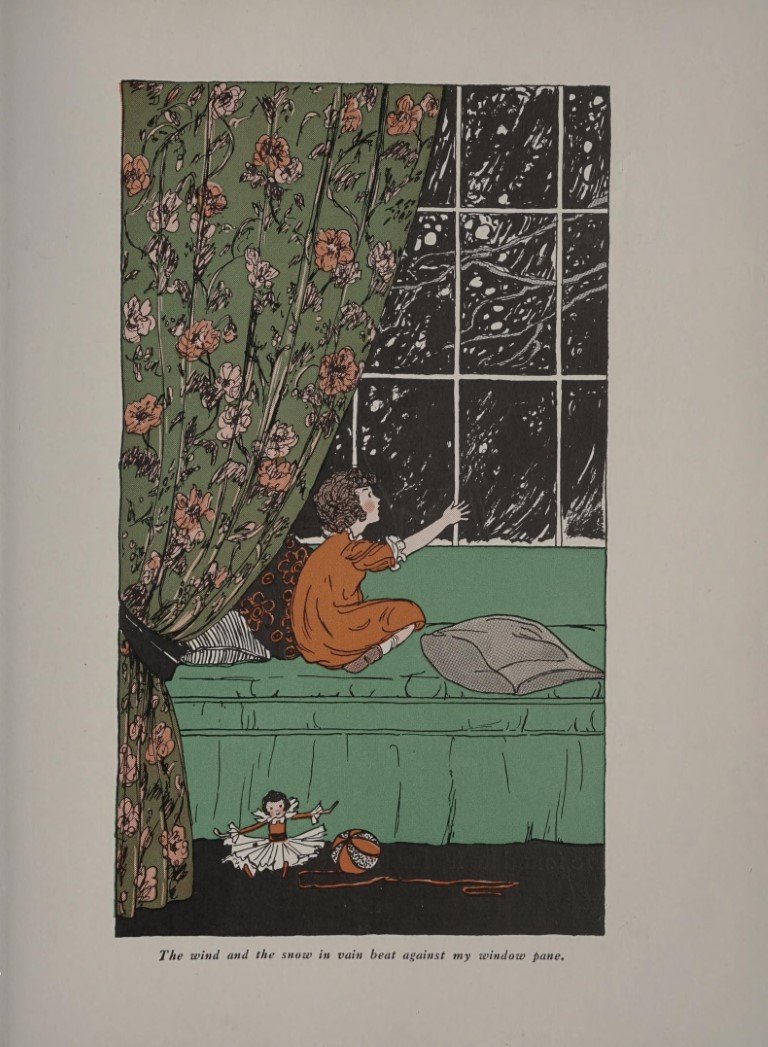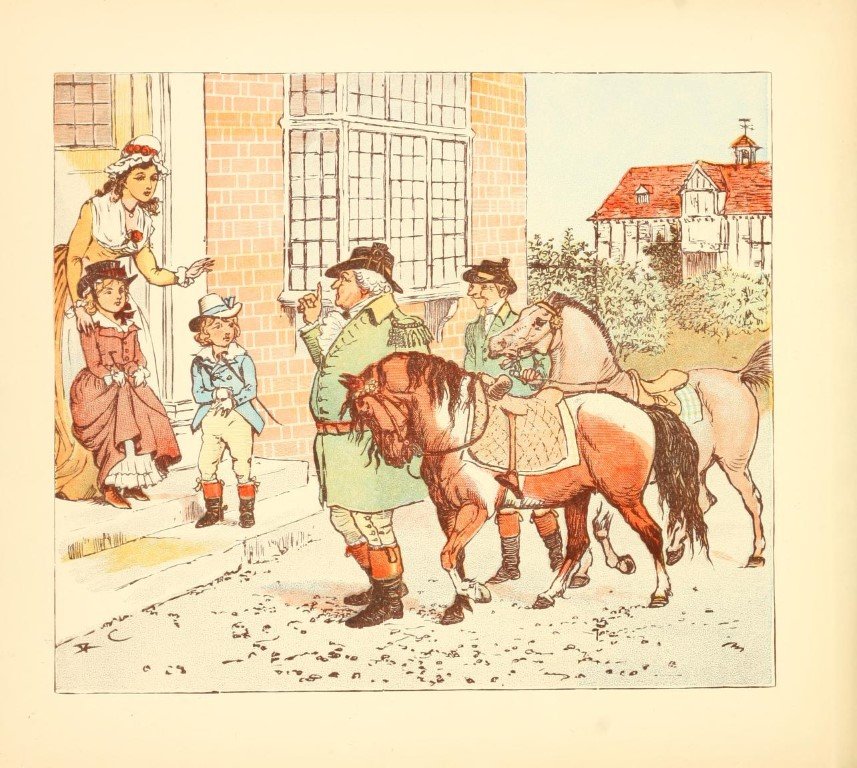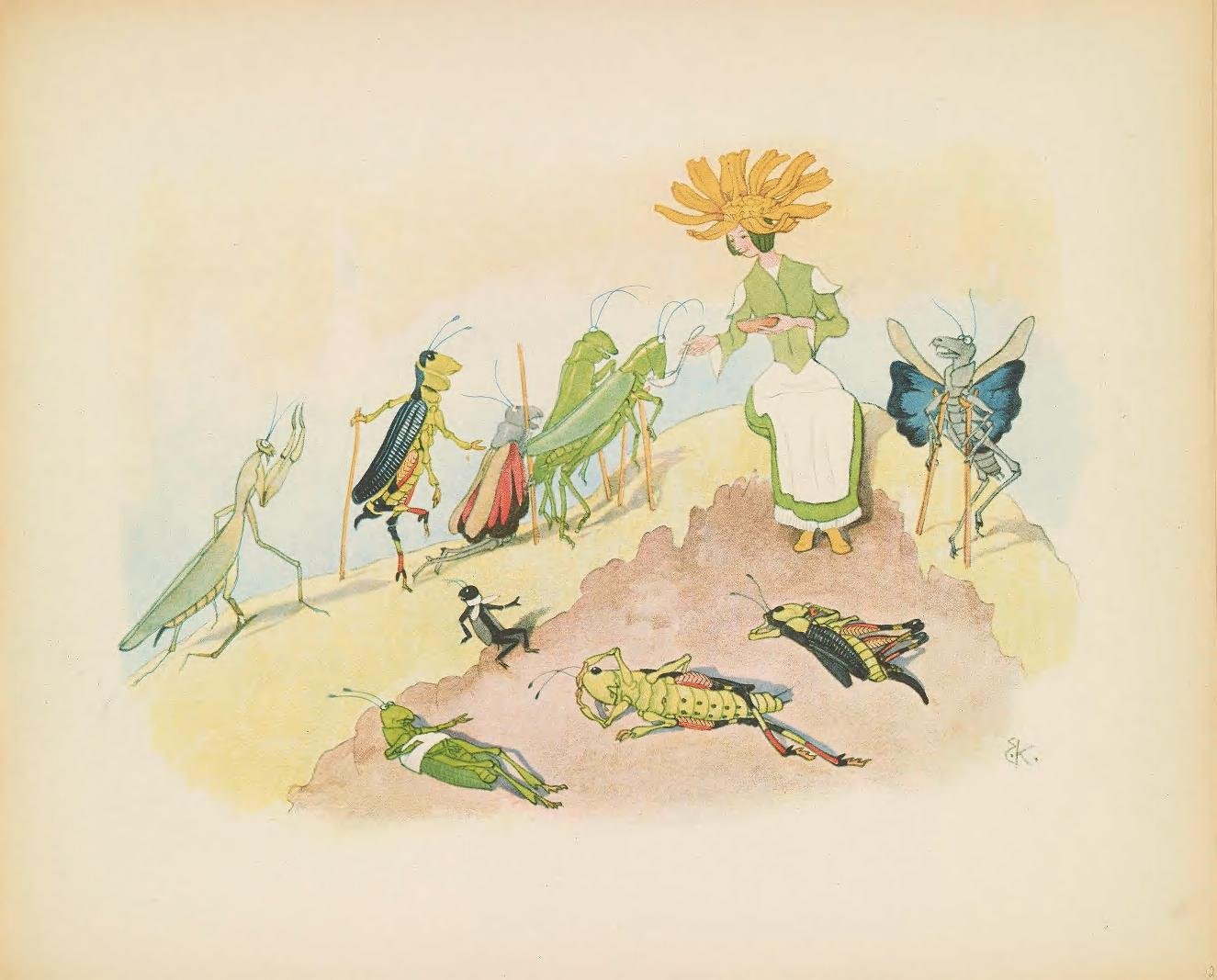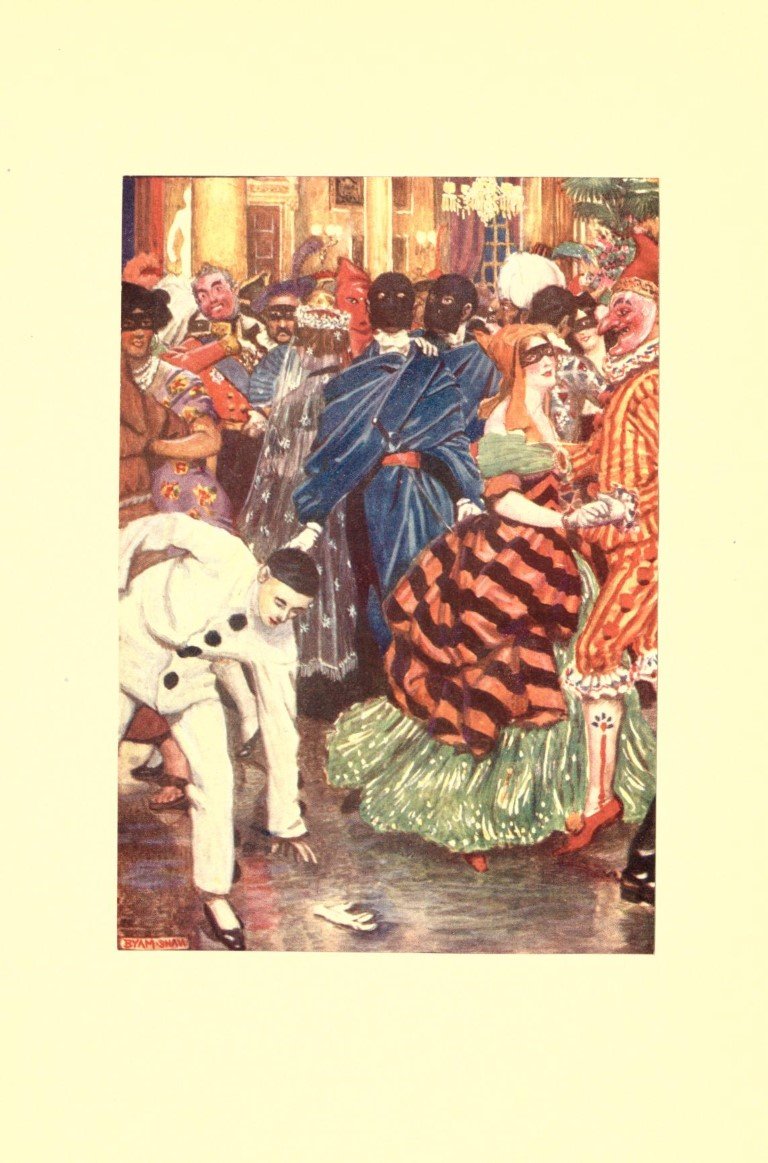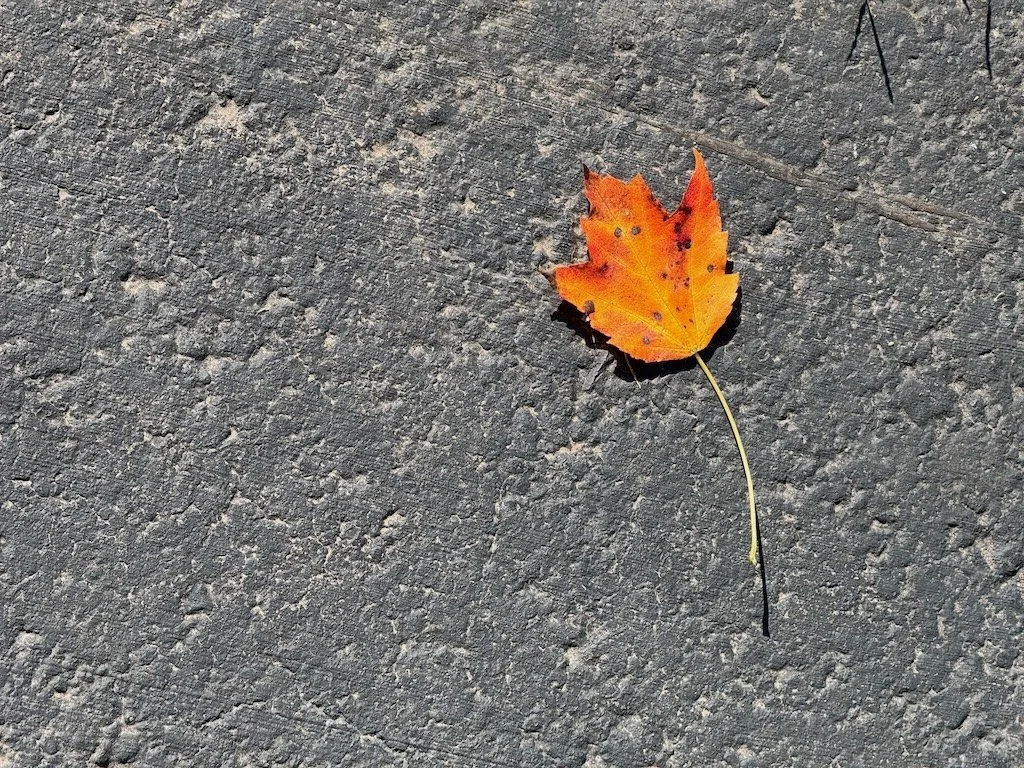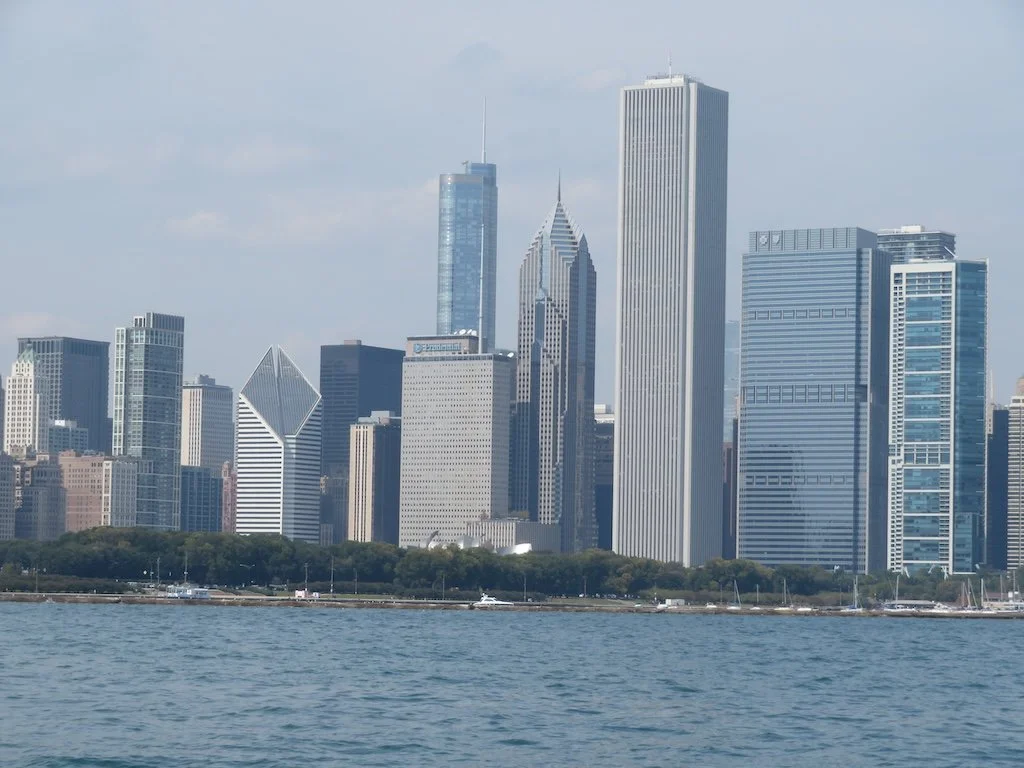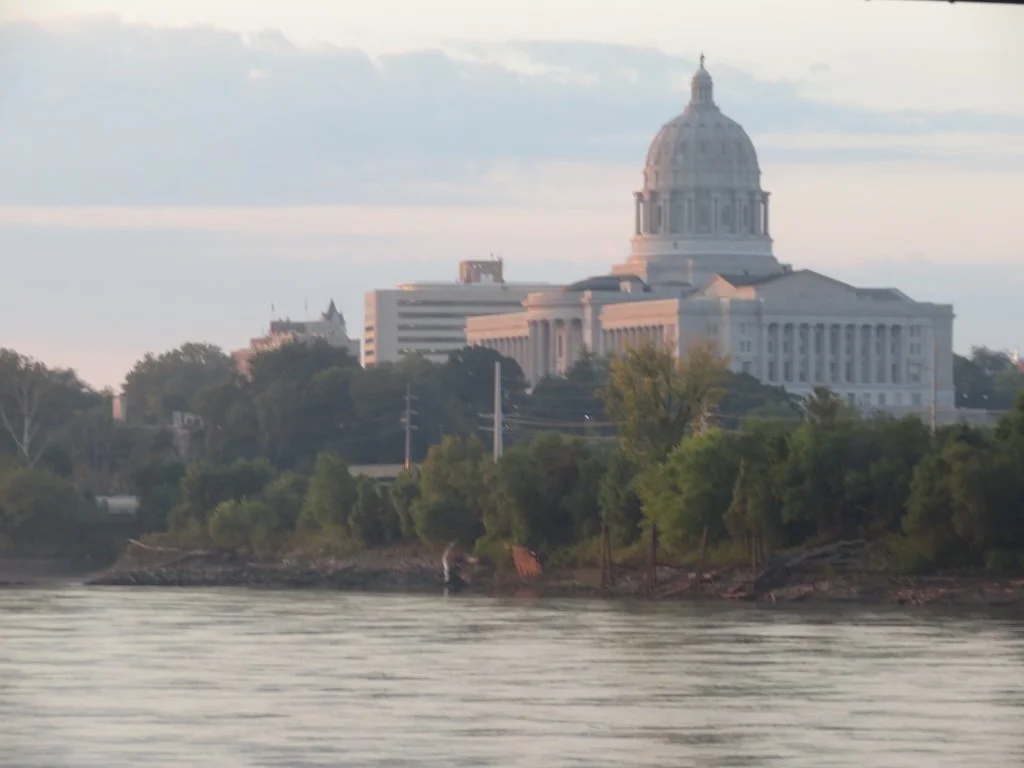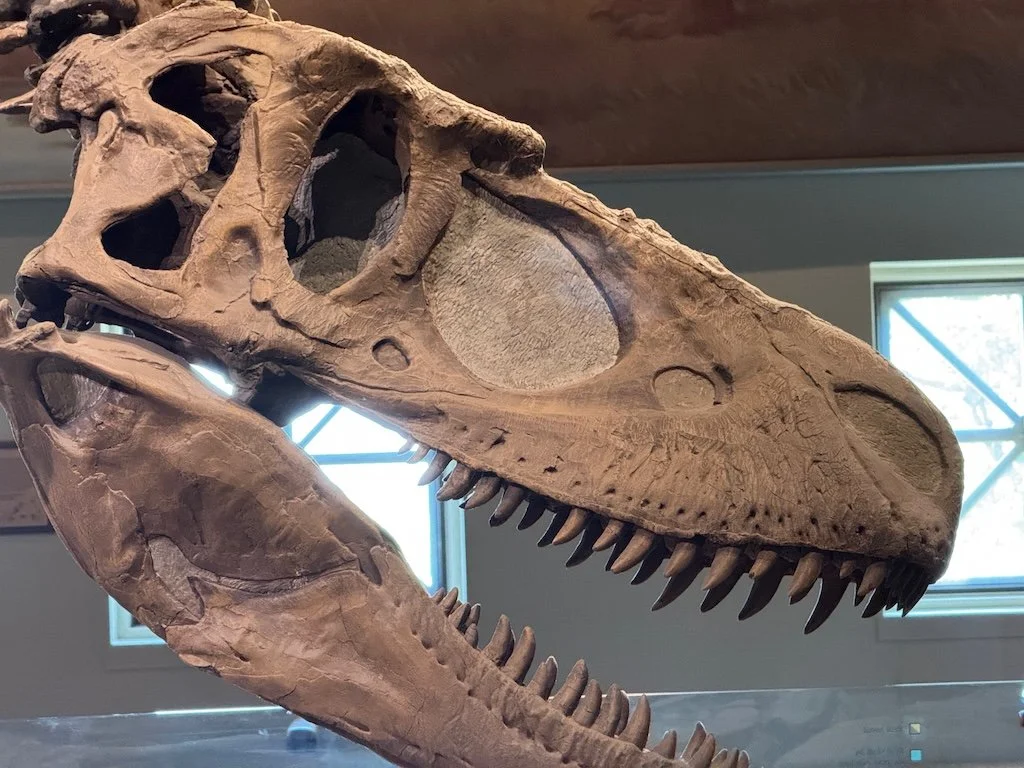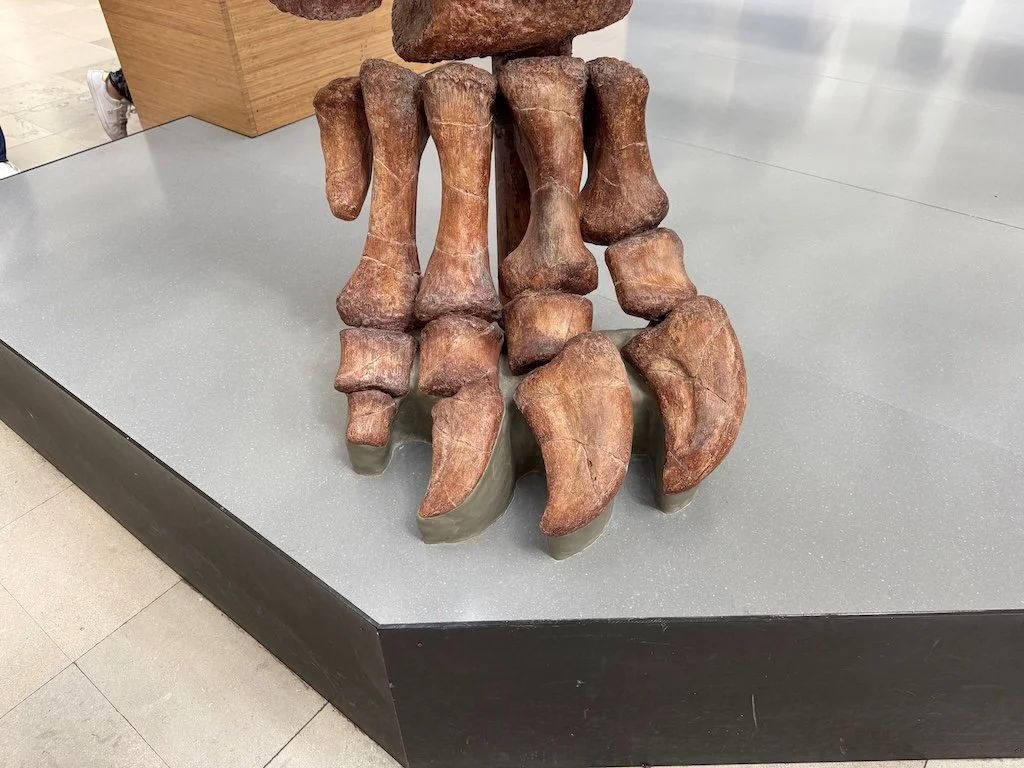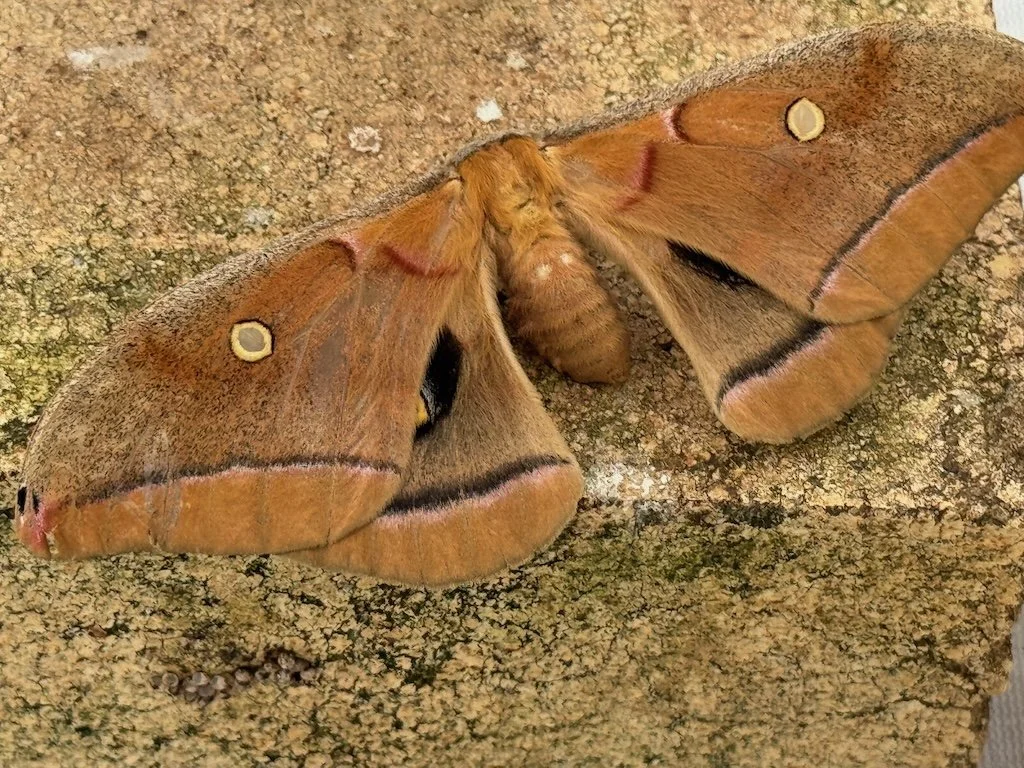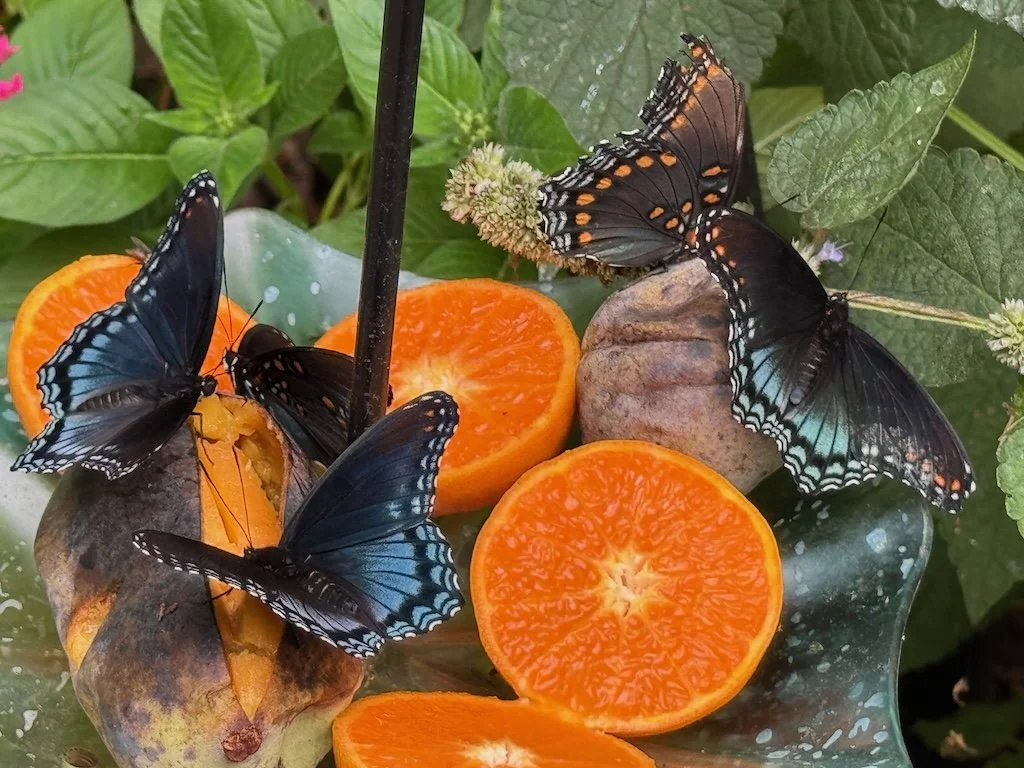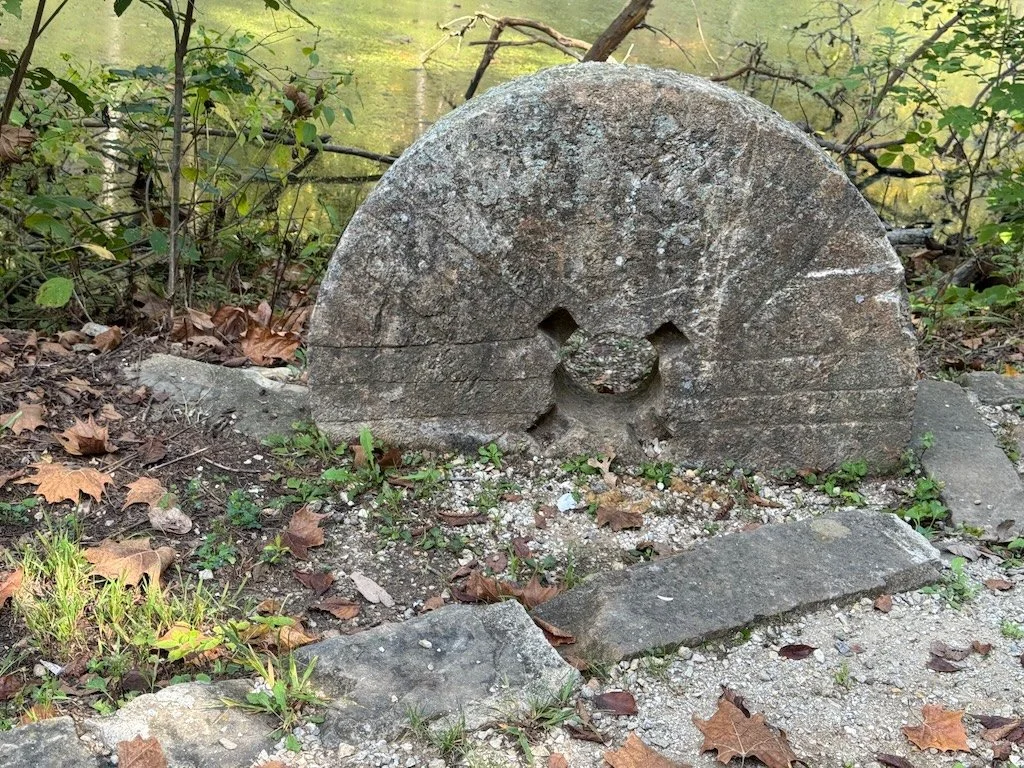The books are interesting from several historical perspectives. Here are some thoughts these books prompted for me:
They show the publishing technology of the time to produce color illustrations. It was new and expensive…and the publisher folded not long after these books were published.
The weapons of war that would destroy buildings from the air in World War I and World War II had not been invented in 1880. The books include houses that had survived for years because the weapons of war were not sufficient to destroy them in an instant.
Transportation was improving (trains and canals) but travel was still relatively slow, so the wealthy required large county houses for guests that stayed awhile.
The industrial revolution was in full swing, but many wealthy families were still clinging to agricultural streams of income from their lands. Country houses were not just a place to live; they were also the center of the family enterprise.
Lyndon (the illustrator) was not credited on the cover page. Why? He had worked with Morris on several projects before so their collaboration must have been a profitable one for him. He was evidently a successful artist, illustrator and engraver that supported a family with his work.
The author of the text (Morris) was an Anglo-Irish clergyman that had broad interests. He published books about birds and insects and heritage buildings! He was active in the movement to protect birds from the plume trade. His occupation as a vicar must have allowed sufficient free time for him to indulge his wide-ranging interests….and enjoy his family (9 children). He lived a relatively long time (82 years old when he died) and must have enjoyed what he did.
































































































